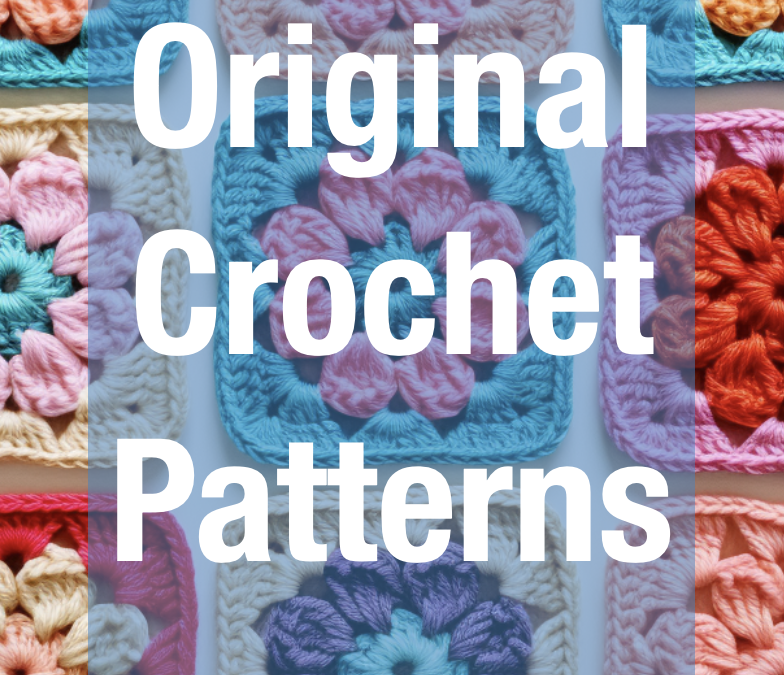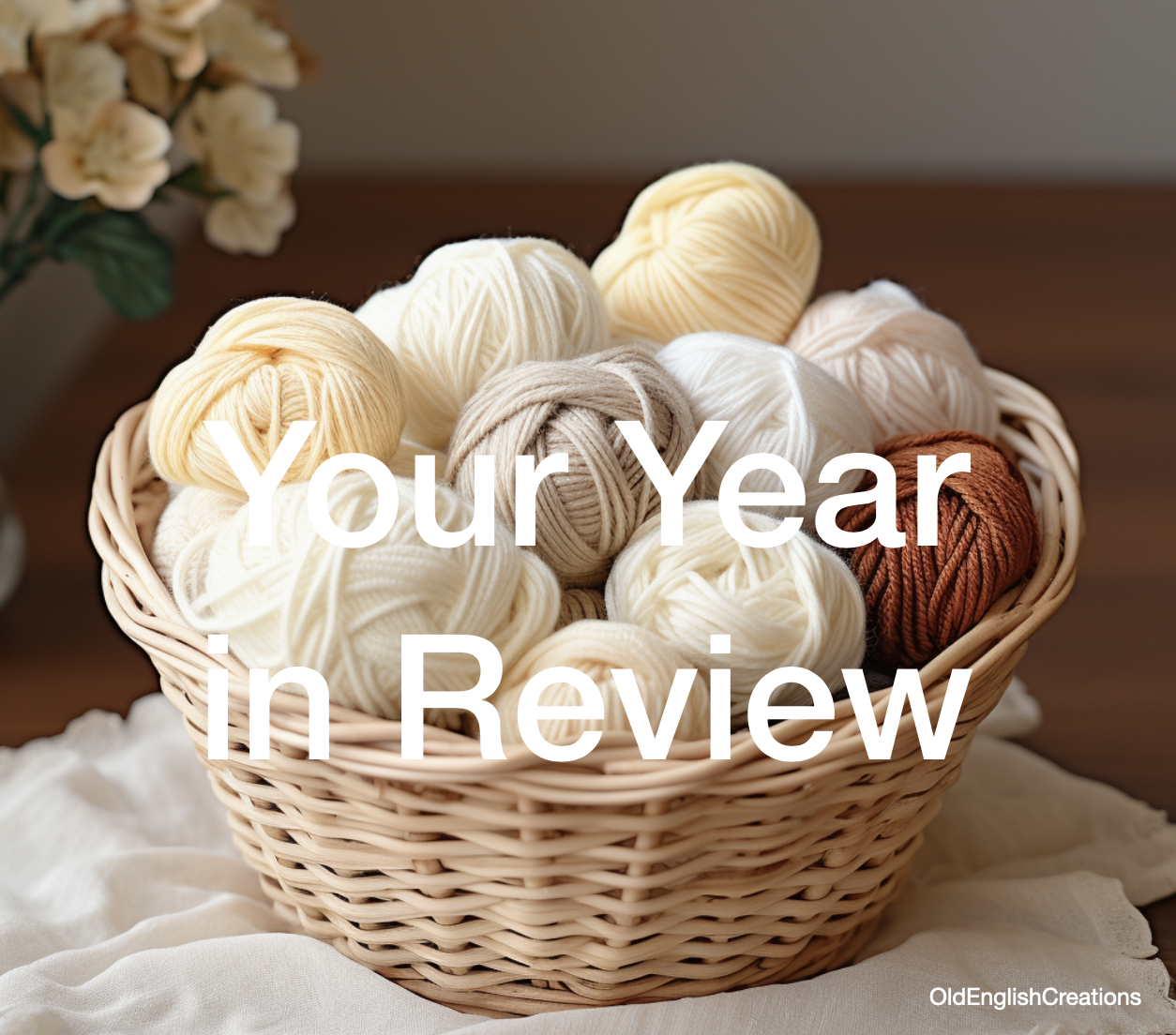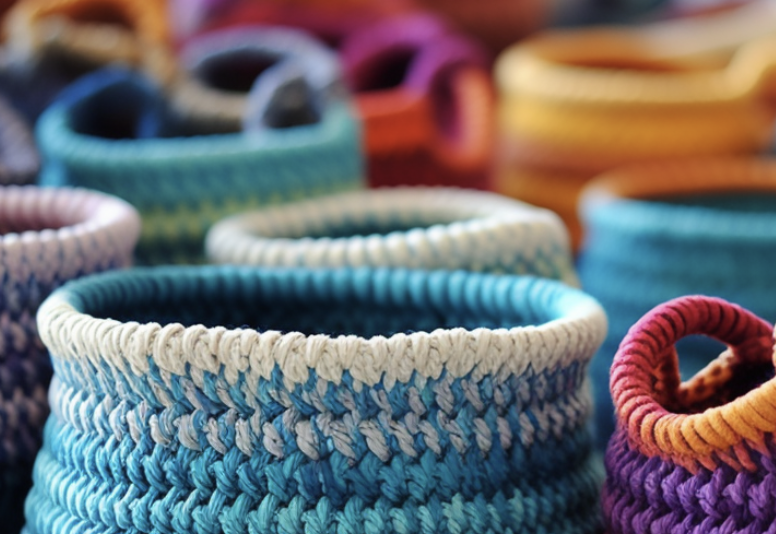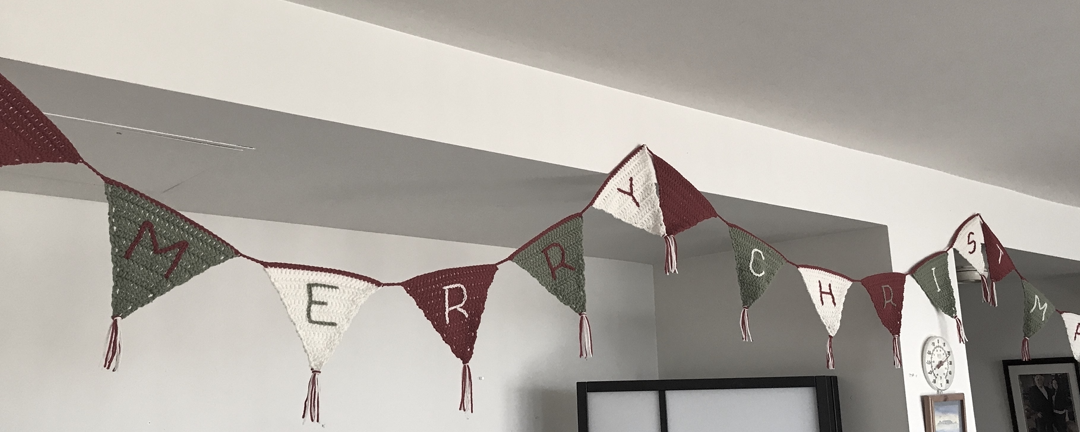Author: Alison Heathcote - Published: January 2024 About Our Original Crochet Patterns Finding a crochet pattern can be quite overwhelming with the multitude of options available. However, the real challenge lies in discovering patterns that not only meet your...
Your First Crochet Sale
Your First Crochet Sale
Your first sale is defined as the one where you sell a hand-made crocheted item to someone you have never met.
When you make your first sale it is one of the five steps towards building your prosperous crochet business.
That initial sale can be the hardest things to do or you can fall into it naturally.
Below I share with you the story of my first crochet sale which was the one that started the ball rolling so to speak.
My First Crochet Sale
We lived in a small town outside a large city which was about a thirty minute drive in the car. It was a seaside town and had two little shopping malls. Each mall had several line shops and one large supermarket.
In the Bayside Mall was a small wool and craft shop. This was a convenient place for me to get my yarns and crocheting supplies.
At that time I had just given birth to our fourth child, a daughter, and I was at home for several months looking after her. The two older children were at elementary school and the third child was a toddler at home with me all day. My husband was at work.
My days as a housewife were typical and there were many chores to be done each day. I organized my life so that I only left the house on a Friday to run errands and to buy the weekly groceries and Friday was my “day out.”
Because I was at home so much of the time I picked up crocheting again and began to make soft jerseys and tops for the children. My patterns were simple squares for fronts and backs and the sleeves were again straightforward with a slight increase at the shoulder. Over time I developed these patterns into complicated top-down no-seam garments as well.
Local Yarn Store
I bought the wool from my local yarn store and it was usually 4ply on a 3.5mm hook. I used pastels for the girls and primaries for my boy.
By visiting the yarn store each Friday to buy more wool and because I took the two younger children in their newly made tops the store owner Shirley started to chat with me about the wool and the patterns I had used for the kid’s jerseys.
I explained that I only ever used my own patterns for items that I made. She asked me if I would crochet her a cardigan for which she would give me the yarn and the pattern from a magazine that she wanted to be made for herself.
You see, she was a knitter and not a crocheter, but she had found a lovely lacy white summer three-quarter length cardigan that she wanted to be made, but she could not crochet it herself.
Well, of course I would do it, why not?
I duly took the white light yarn and the pattern and said, “See you next Friday.”
At home that evening I started to make her pattern and it went really well. I have always been a firm tension crocheter and so could crochet to gauge. In that week I completed her garment and sewed it together.
I folded it neatly in tissue paper and wrapped a ribbon around it to make it look nice for her.
During that week I couldn’t work on my own creations and I did feel that, but the challenge of a lacy pattern kept me interested in the project.
Friday came around and I took the cardigan into the shop for Shirley. She was really pleased and put it on immediately. It fit her well and looked just like the image in the pattern book.
I was pleased that she was pleased. I mean, you never know…
Payment
She paid me $5 per ball that was made-up . The cardigan took five balls which came to $25 in all. I was excited about that. I saw it as bonus money for our family.
Shirley and I started chatting about yarns and crafts in general and then she said that if I had items that were already made-up she would put them in her window to sell. At that time she had some booties and other baby knitted items in her window but she had no crocheted goodies.
She wanted little blankets and baby items to promote the yarns that she sold. Her shop window was not big and in fact was quite small but well suited a yarn shop.
The deal was that I had to buy the yarns from her for the items she would sell in her window and I set the price and she took half. This was a good deal as I was buying wool from her anyway, and I was crocheting anyway, but now I had a chance to make some cash for the work.
I went home with new wool and a blanket pattern forming in my head. Because I’d done baby blankets before I knew about the colours that sell so I had a soft baby blue, white and a dark navy contrasting ball and well.
Over the next week I made a blanket for a baby boy in blue stripes. It was simple and a generous size. At the weekend I visited the shop again and she was pleased with the result. Shirley felt the quality of stitches and the regular tension was good and she loved the colour combinations.
I told her my price was $50 and she agreed we would split it fifty-fifty each. She must have put it in the window for the Saturday shoppers as it sold the next week. I arrived back on the next Friday and was excited to have sold my blanket. My first item to a stranger. My first crochet original design blanket. For cash. This was good.
She told me the woman who bought it was a crocheter herself but did not have time to make something ‘handmade’ for her new niece, but that she would pass it off as her own work!
Amazing!
That other crocheters would buy my goods and say it was their own (not that I cared what they did or said) but suddenly I saw a market for my goods, to women who knew how to crochet and were known for their crocheting, but had no time to do it. The perfect customer.
That was my first sale.
I sold a blanket, through the wool shop, to a customer I had not met, for cash.
Since that time I have sold many more garments, blankets, bags and other things although I still remember the feeling of that first sale.


Author Bio
Alison Heathcote, a passionate crochet enthusiast and dedicated business blogger, combines her love for crafting and entrepreneurship to inspire and connect with others.
With a knack for transforming yarn into beautiful creations and a flair for sharing valuable insights about running a successful crochet business, Alison embodies the perfect blend of creativity and practicality.
More Articles
If you enjoyed this post and crochet is your thing, you may like some other crochet articles from our blog.
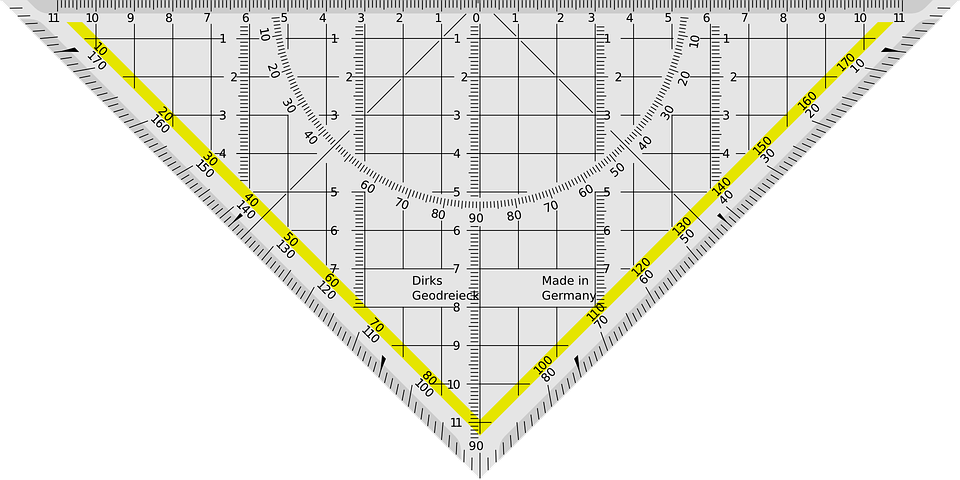
Triangle Shawl Crochet Design
Shawl and Wrap Shapes Wraps are rectangles and shawls are triangles. This is the general consensus. You can get semi-circle wraps as well. But in this post I'm discussing the structure of crocheted triangles. Triangles A triangle has three sides and three...

Square-a-Day Crochet Blankets – 3 Options
Square-a-Day Crochet Blankets A crocheted square-a-day blanket is easy, quick and it almost grows when you are not looking. You make one square each day of the year to reflect what was happening every day. At the end of twelve months you have a crochet record of how...
